
Over the years, the biomass pellet market has exploded. High-quality raw materials such as wood logs are becoming increasingly scarce. Many wood pellet manufacturers have to look for other raw materials, such as waste wood, agricultural straw, corn cob, rice husk, bamboo, bagasse etc.
Different pellet factories have different processing processes based on the size and humidity of the raw materials.
Usually the processing process in pellet plants includes:
-Pretreatment of raw materials
-Pelletizing process
-Pellet post-processing process
In a pellet factory, if wood log is used as raw material,

1.Chipping section
If the raw material is wood log, then the first equipment in the wood pellet production line should be a wood chipper. If the pellet factory wants to make EN-Pulse A1 grade pellets, it needs to add a peeling machine before chipping.
Usually, drum wood chippers or disc wood chippers are used for chipping. There is a horizontally installed rotor in the crushing chamber of the drum wood chipper, and the blades are arranged around the rotor. The wood log enters the chipping chamber through the feeding belt or feeding chain plate. Here, the high-speed rotating blade cuts the wood log into wood chips. The final wood chips are transported to the next section through the belt conveyor.
2.Crushing Section
Crushing of raw materials usually uses hammer mill, because they can achieve the required fineness.
The hammer blade with tungsten carbide spot welding is mounted on the rotor of the hammer mill. The material passes through the forced feeding port and enters the crushing chamber. Here, the high-speed rotating hammer repeatedly beats the material. Materials smaller in size than the hammer mill screen eventually pass through the screen holes. The smaller the size requirements of the final product, the higher the energy consumption of the crushing section.
In addition, wet materials will also increase the difficulty of crushing because the materials can easily block the screen holes. Crushing wet materials also reduces the risk of fire. In addition, the smaller the material size, the higher the drying efficiency. Because, in most pellet factories, the crushing section precedes the drying section.
3.Drying Section
During the pellet pressing process, not only the material needs to reach a certain size, but also the appropriate humidity.
Although drying is the most investment section in the pellet production line, it is also indispensable.
Wood usually contains free water, unbound water and bound water. Free water is also called unbound water, which is easily removed. Bound water is intracellular water, which is difficult to remove. This is why the lower the moisture content in the wood, the slower it dries.
Currently, the most commonly used drying machine is the drum dryer.
The drum dryer is cylindrical in shape, with a large number of lifting plates welded inside. When the dryer rotates, these lifting plates lift the material and form a material curtain through which hot steam passes. The cyclone is installed at the end of the dryer to separate the material from the hot steam. The temperature inside the dryer is generally 300-500 degrees Celsius. The materials after the dryer usually enter the silo through a belt conveyor and are stored for a period of time to ensure the uniformity of the moisture content of the materials.
4.Pelleting Section
Currently, the most common pellet machines on the market come in three forms. Flat die pellet machine, horizontal ring die pellet machine and vertical ring die pellet machine. In large-scale pellet production lines, the most commonly used is the ring-die wood pellet machine.
Due to its high working pressure, the vertical ring-die wood pellet machine is more suitable for pressing hard wood and mixed wood.
The material enters the granulation chamber by gravity, where the mold is stationary and the pressure roller rotates. The pressure generated by the rotation of the pressure roller forces the wood chips into the holes of the mold. Set a cutting knife at the discharge port to cut the pellets into the required size.
The most important parameters in the pellet pressing process: compression ratio, number of die holes. The compression ratio is determined based on the properties of the raw materials.
5.Cooling Section
The temperature of the pellets coming out of the biomass pellet machine is generally 60-80 degrees Celsius. In this case, the pellets are not suitable for direct packaging.
In addition, cooling can increase the mechanical strength of the particles and reduce the humidity by approximately 2%.
Counter flow coolers are common cooling equipment. Pellets enter the cooler from the top, and natural air enters the cooler from the bottom. In the cooling machine, the hot pellets are in counter-current contact with the natural wind, and the natural wind takes away the heat of the particles.
6.Biomass Pellets processing
The final pellets can be processed in many ways. The most direct way is to store the pellets in silos and load them into trucks for transportation later.
Another way is to use a packaging machine to pack the granules into 20-50kg/bag or 750-1000kg/bag.
Bolida and Rotexmaster Group is a professional manufacturer specializing in the production, design, installation and operation of pellet production lines.
If you have raw materials, welcome to contact us.
How to choose the crushing section in the wood pellet production line
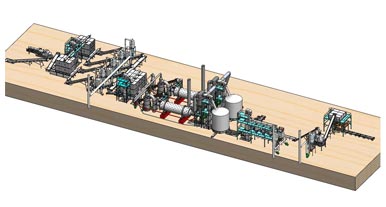
Mar. 21, 2025
How to build a medium-large scale biomass pellet plant: key steps and Investment guideline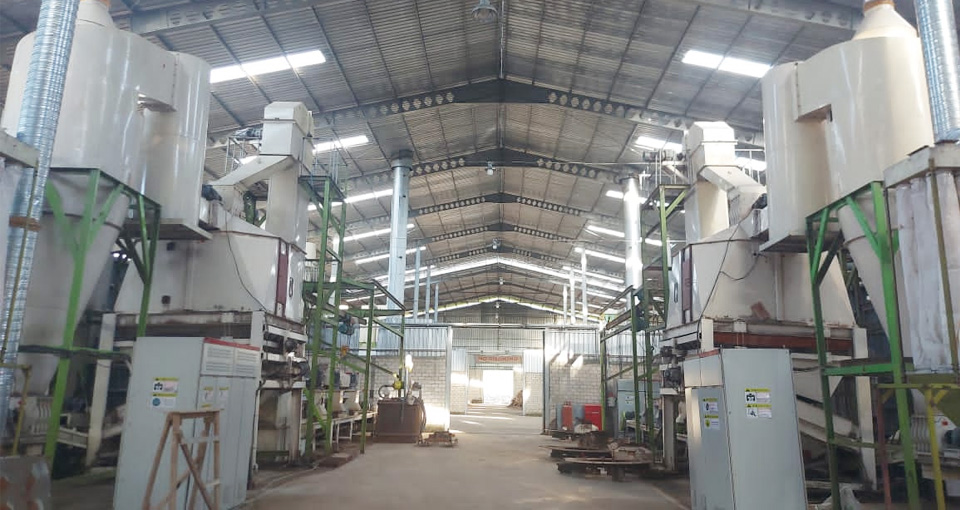 20t/h Wood Pellet Production Line in Indonesia
20t/h Wood Pellet Production Line in Indonesia
Country: Indonesia
Capacity: 20t/h
Raw Material: subtropical trees
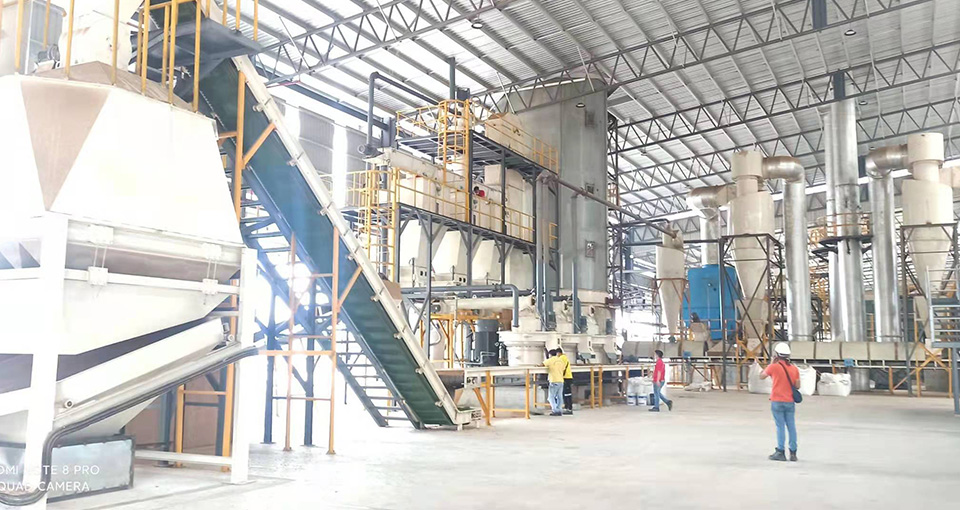 10t/h Wood Pellet Production Line in Malaysia
10t/h Wood Pellet Production Line in Malaysia
Country: Malaysia
Capacity: 10t/h
Raw Material: wood log (acacia wood, eucalyptus wood)
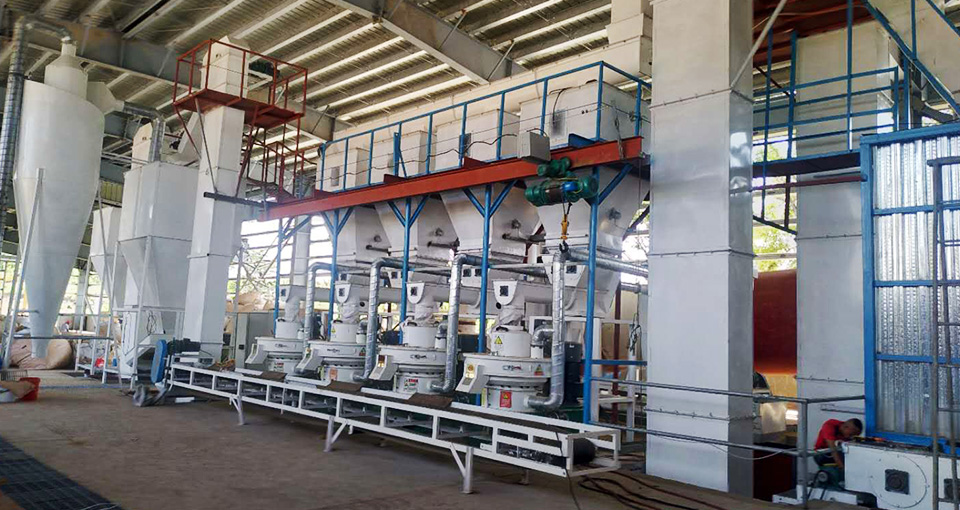 10t/h Wood Pellet Production Line in Philippines
10t/h Wood Pellet Production Line in Philippines
Country: Philippines
Capacity: 10t/h
Raw Material: wood log
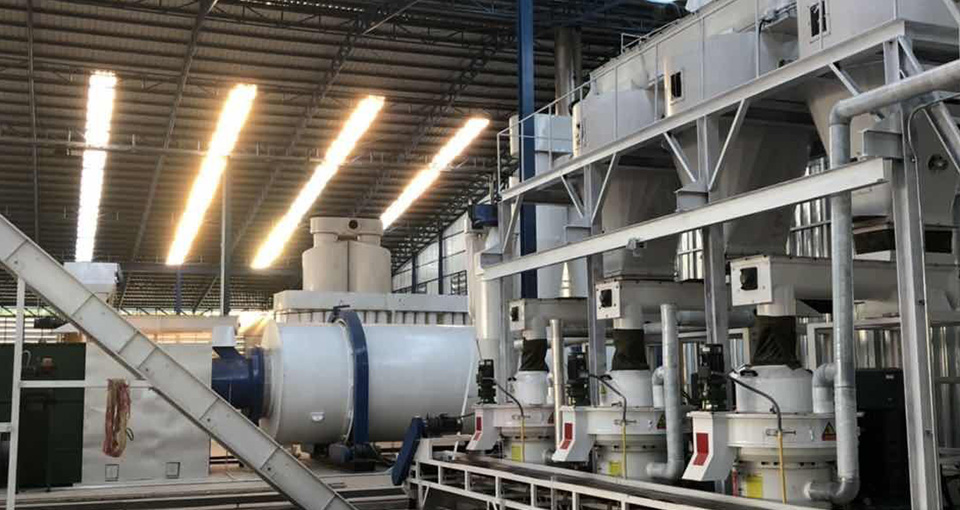 6t/h Wood Pellet Production Line in Thailand
6t/h Wood Pellet Production Line in Thailand
Country: Thailand
Capacity: 6t/h
Raw Material: wood log